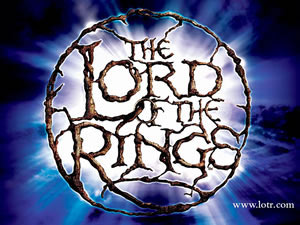McLaren again

(Still: Norman McLaren’s La Merle via NFB)
Back in May, I wrote about Canada’s great animator Norman McLaren who had a long film-making career with the National Film Board of Canada.
NFB is celebrating 65 years of Animation and I discovered that we can view four of McLaren’s films on the Focus on Animation pages, small scale or full screen size.
Blinkity Blank and Hen Hop are delightful and lively – don’t forget these were done by hand in 1955 and 1942 respectively, long before the digital era. Le Merle is a simple and delightful animation based on an old French-Canadian nonsense song, Mon Merle. I plan to show these to my grand-daughter sometime soon.
The Oscar-winning fourth film Neighbours/Voisins (1952) is disturbing and a powerful parable on how easily humans can go into battle! Still very timely viewing but not for young children. (Maybe some world leaders we know should watch it!)
You may learn more about McLaren’s work at this overview.
I look forward to browsing though the other film-makers’ works as well, as time permits, but to me McLaren was THE master and his films were a part of many happy hours in my childhood.


 The much-anticipated musical theatre version of The Lord of the Rings made its formal début in a gala première in Toronto on Thursday evening, and the reactions of the audience suggested that the massive production would not be leaving town very soon.
The much-anticipated musical theatre version of The Lord of the Rings made its formal début in a gala première in Toronto on Thursday evening, and the reactions of the audience suggested that the massive production would not be leaving town very soon.